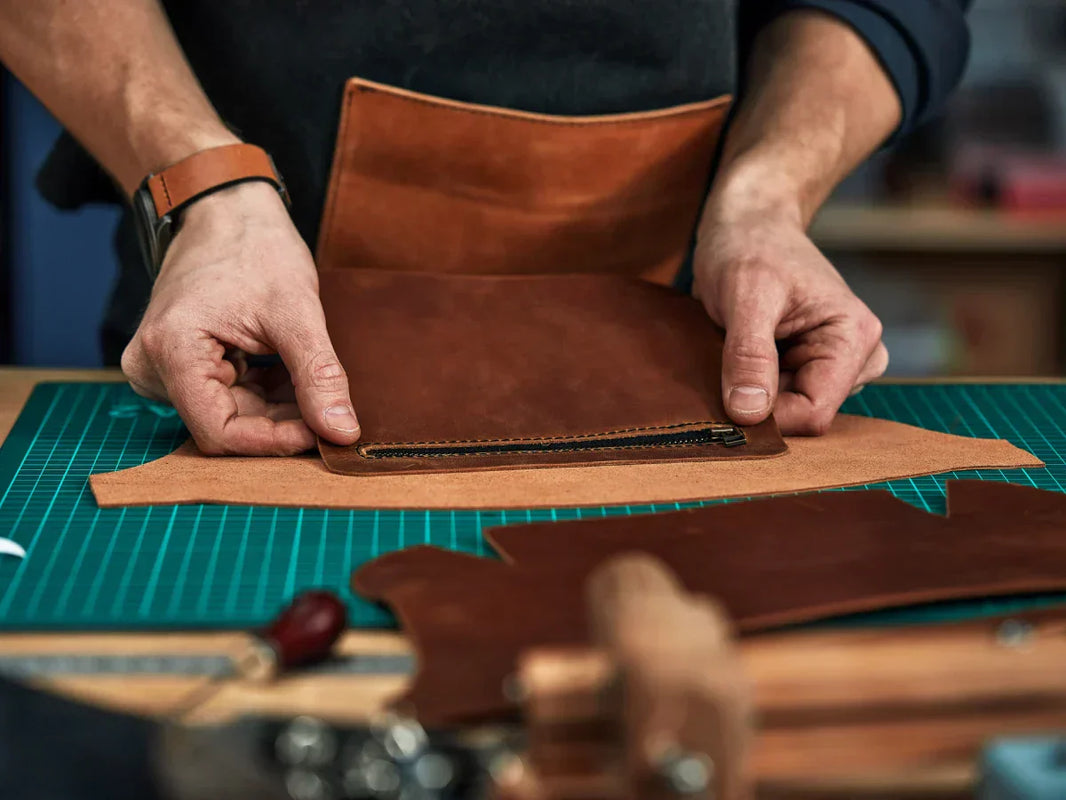Introduction
The global leather bag industry is booming, but so is the market for synthetic “leather” alternatives like PU and PVC. With fashion consumers becoming more conscious about sustainability, ethics, and long-term value, the debate between genuine leather and synthetics has never been more relevant.
Let’s compare the two on a global scale.
1. Durability and Longevity
-
Genuine Leather: Withstands daily use for decades, grows better with age.
-
Synthetic Leather (PU/PVC): Cracks, peels, and fades within 1–3 years.
Winner: Genuine Leather
2. Environmental Impact
-
Genuine Leather: Biodegradable, long-lasting, and often a by-product of the food industry.
-
Synthetic Leather: Plastic-based, non-biodegradable, and harmful to oceans and landfills.
Winner: Genuine Leather (when ethically sourced)
3. Aesthetics and Feel
-
Genuine Leather: Natural texture, unique grain, luxurious feel.
-
Synthetic Leather: Too smooth, uniform, and lacks character.
Winner: Genuine Leather
4. Cost vs Value
-
Genuine Leather: Higher upfront cost, but cheaper long-term due to durability.
-
Synthetic Leather: Lower upfront cost, but frequent replacements increase overall expense.
Winner: Genuine Leather
5. Global Fashion Trends
Top designers worldwide still prefer genuine leather for luxury bags. From Italian craftsmanship to American minimalism, leather remains the global standard for premium accessories.
Conclusion
For global consumers, the choice is clear: while synthetic bags may serve as affordable, short-term options, genuine leather remains the superior investment. It blends sustainability, luxury, and timeless style in a way that synthetics never can.





